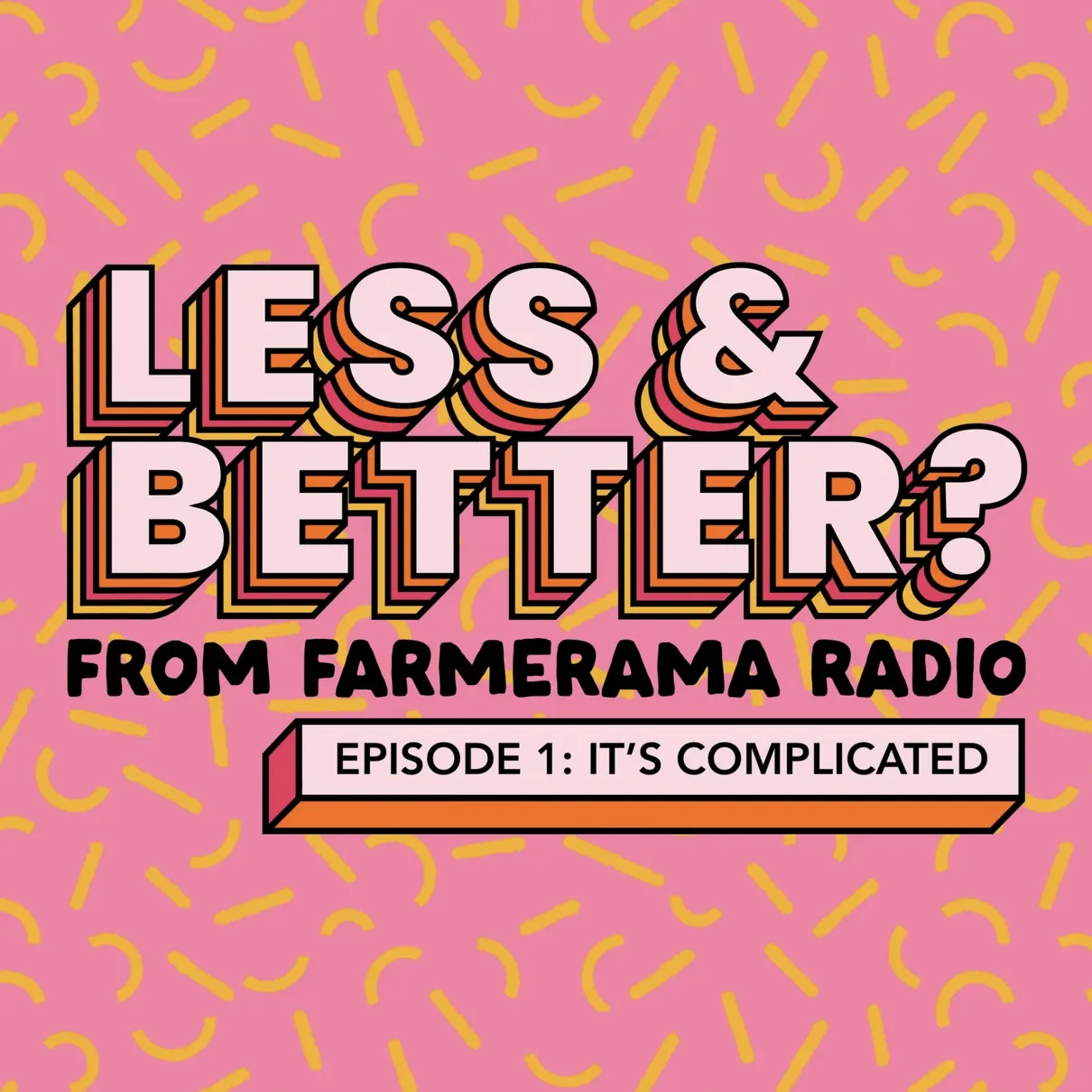In the past few years there has been much interest in consumption behaviours and how these can be influenced for the better of the environment. A huge obstacle faced is that, compared to women, men are much less likely to be eco-friendly in their attitudes, choices and behaviours.

Prior research has explained this difference with differences in personality traits associated with the genders, but this study adds to this knowledge base by illustrating that there are other, perhaps complementary explanations for this phenomenon.
The authors propose that men’s resistance stems from a prevalent association between the concepts of greenness and femininity, and that there is a stereotype that green consumers are feminine. Men may avoid environmentally friendly behaviours as a pervasive mental association exists between greenness and femininity and so engaging in green behaviours could threaten an individual’s masculine identity.
They tested this hypothesis in 7 studies:
- The authors measured participant’s attitudes towards the gender affiliation and greenness of products, via a SC-IAT (Single Category Implicit Association Test) where participants categorise stimuli. Participants respond more quickly when the paired categories match, and using this, the authors found that both men and women associate the concepts of greenness and femininity.
- To assess whether those that engage in green behaviour are perceived to be more feminine that those that don’t, the authors characterised green and non-green behaviours and asked participants to chose traits they associate with the person they imagined doing the behaviour. Traits were found to be more feminine, for the imaginary individuals (male and female) that carried out the environmental behaviour.
- To assess whether the green-feminine association affects self-perception, the authors asked individuals to recall a time where they carried out an action good or bad for the environment, and then indicated the degree to which they felt feminine or masculine. Both sexes felt more feminine when recalling an action that was good for the environment.
- With only male participants, they tested whether a gender-identity threat can decrease men’s preference for green products. They did this by testing whether a choice of green behaviour is affected by a gender identity threat, and controlled this with other threats, such as age-related threats, that should not affect green behaviour. They also assessed whether this would differ in a private or public context. Participants were found to be less likely to choose a green product following a gender threat than an age threat, but no effect of public or private context.
- They tested the effects masculine affirmation on green behaviours; they predicted affirmation would increase men’s comfort in expressing a preference for green products. Participants were asked to write about their previous day and were informed that they would be assessed in real time on their writing. Some males were told that the analysis indicated they were more like a man than a woman whereas the control group had no feedback. Males in the masculine affirmation condition preferred the green product compared to males in the control condition, and females showed no difference in preference. Affirming a male’s masculinity, therefore, can increase preference for green products (compared to a control group) to be of a similar to that of women.
- They assessed the effects of masculine branding on men’s choice of an environmental behaviour: this is achieved through colours, fonts, words and symbols (i.e. Coke Zero versus Diet Coke). Men were less likely to donate in general, but donated similar amounts to women to a masculine-branded green non-profit.
- Lastly they found that masculine branding increased a man’s preference for an environmentally friendly car. They did this by directly comparing the preference of male and female customers for a green branded car versus a conventionally branded car. They changed only the name of the car from “2015 BMW i3 Eco-friendly Model” to “2015 BMW i3 Protection Model”.
These results are indicative that “masculine marketing” may be a useful tool to be used to increase uptake of green behaviours in men. The authors propose that adopting a strategy to weaken the association between greenness and femininity through branding would be the most effective when the majority of customers are men. This, however, is not a universal answer; as women are much more likely to exhibit green behaviours, marketing techniques should be wary of adopting very masculine advertising techniques. Although the authors did not find that female’s preferences were impacted by product gender associations, both sexes tend to prefer products that match their gender identity.
Abstract
Why are men less likely than women to embrace environmentally friendly products and behaviors? Whereas prior research attributes this gender gap in sustainable consumption to personality differences between the sexes, we propose that it may also partially stem from a prevalent association between green behavior and femininity, and a corresponding stereotype (held by both men and women) that green consumers are more feminine. Building on prior findings that men tend to be more concerned than women with gender identity maintenance, we argue that this green-feminine stereotype may motivate men to avoid green behaviors in order to preserve a macho image. A series of seven studies provides evidence that the concepts of greenness and femininity are cognitively linked and shows that, accordingly, consumers who engage in green behaviors are stereotyped by others as more feminine and even perceive themselves as more feminine. Further, men’s willingness to engage in green behaviors can be influenced by threatening or affirming their masculinity, as well as by using masculine rather than conventional green branding. Together, these findings bridge literatures on identity and environmental sustainability and introduce the notion that due to the green-feminine stereotype, gender identity maintenance can influence men’s likelihood of adopting green behaviors.
Citation
Aaron R. Brough, James E.B. Wilkie, Jingjing Ma, Mathew S. Isaac, David Gal. Is Eco-Friendly Unmanly? The Green-Feminine Stereotype and Its Effect on Sustainable Consumption. Journal of Consumer Research, 2016; ucw044 DOI: 10.1093/jcr/ucw044
Read the full article here (open access). For coverage of the story in Science Daily look here.
This article in our research library looks at the connection between meat and perceived masculinity in three ethnic groups in the Netherlands. And this paper looks at “maleness” and meat eating in the UK and US.




Comments (0)